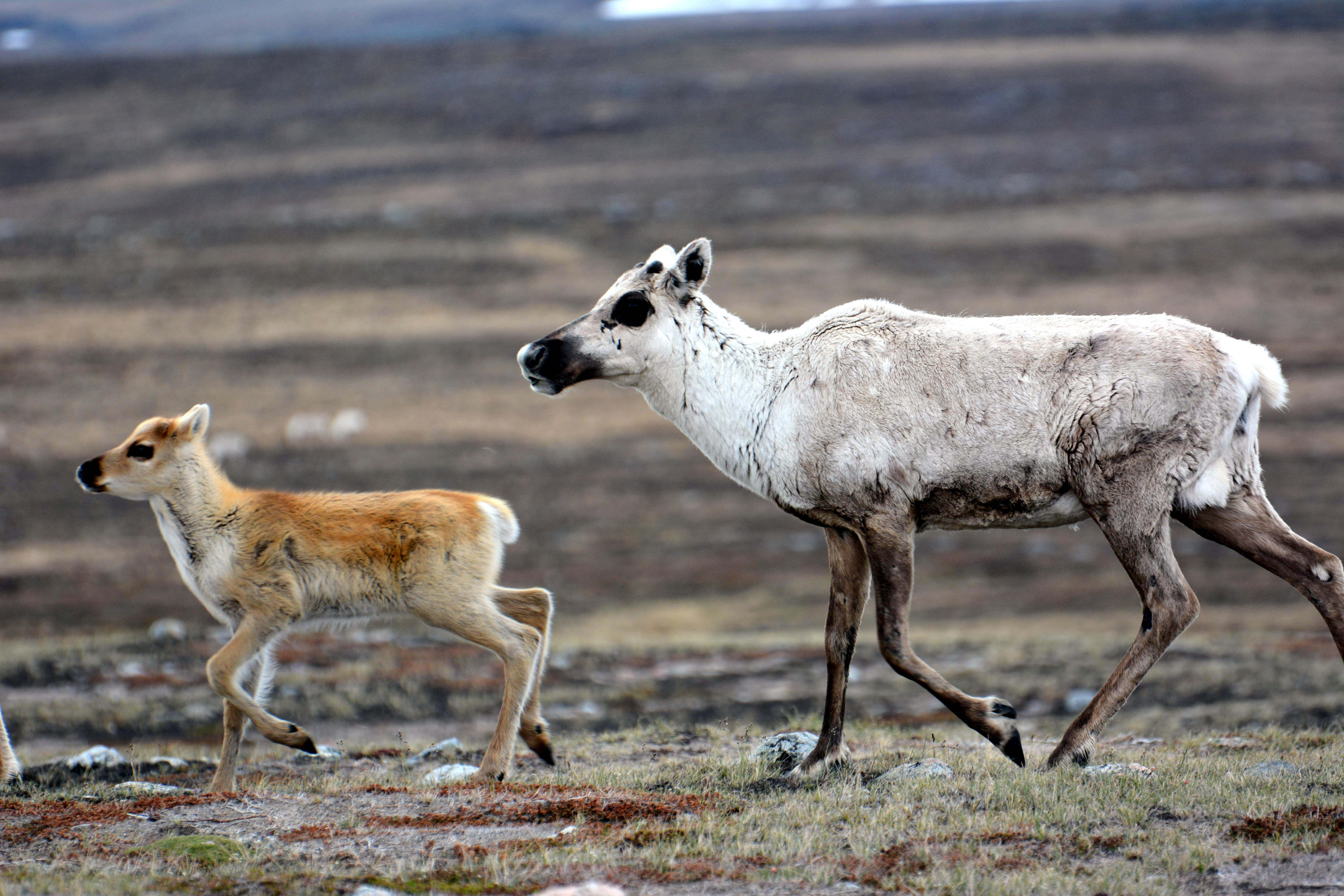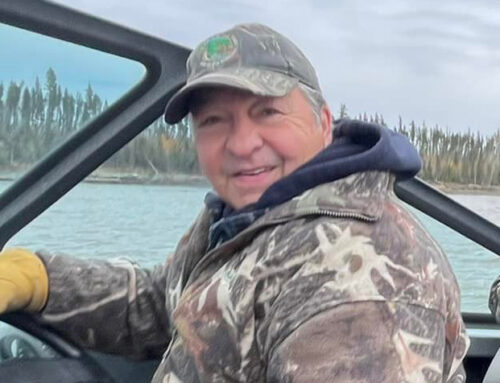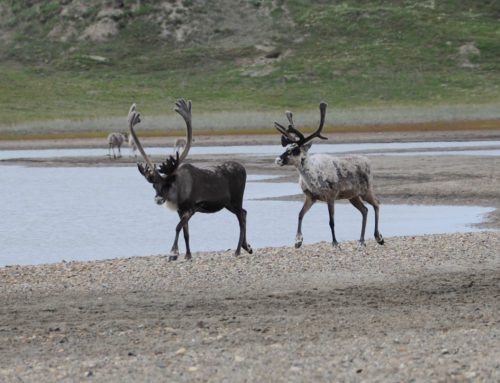As people from across Canada’s North gather at five regional public hearings over the next two months to discuss the 2021 Draft Nunavut Land Use Plan, the Beverly and Qamanirjuaq Caribou Management Board (BQCMB) has a message for decision-makers: this is no time to gamble with the future of caribou.
BQCMB Chair Earl Evans explains: “Most caribou herds, including the Beverly and Qamanirjuaq herds, are much smaller than they were 25 years ago. If this trend continues the herds may reach a point where they can’t bounce back, which would create a crisis for Indigenous peoples across the caribou ranges, including people who live outside of Nunavut.”
The BQCMB is not against development in Nunavut. “We understand the need for economic development,” says Evans. “But action is needed to protect some of the key caribou habitats in Nunavut.”
The Board has compromised somewhat on its earlier position that no mining or exploration should occur anywhere on the traditional calving grounds and post-calving areas that have been used by the herds over the past 65 years. It now supports the Nunavut Planning Commission’s proposal to prohibit most land uses on smaller core calving and post-calving areas that the herds have used more recently. It also supports applying additional seasonal restrictions during calving and post-calving periods. “We are asking that governments and industry also make compromises by accepting these proposals to help keep caribou herds strong and healthy,” notes Evans.
The BQCMB has strong concerns about two proposals that:
- Provide special status for infrastructure developments in a Kivalliq-Manitoba corridor, and
- Allow projects with existing mineral rights to proceed through all stages of mineral development.
If these proposals are included in the final land use plan, a large portion of the Qamanirjuaq caribou calving ground and post-calving habitat would not be protected. “Roads, dust and noise all affect caribou movements,” explains Evans. “If development is allowed in key caribou habitats, the animals will travel outside of their preferred habitat to avoid it–and that may be where good quality food isn’t available for cows and young calves. These types of situations reduce options for caribou herds and can contribute to their decline.”
Since this is the first territory-wide land use plan, which will be reviewed regularly, the BQCMB strongly urges a cautious approach to ensure the final, approved land use plan for Nunavut does not give development higher priority than caribou in important caribou habitats.
“It is a critical time for barren-ground caribou,” stresses Evans. “We are all–individuals, communities, and governments–responsible for taking care of the herds, as well as the lands and waters they need to thrive. Now is not the time to gamble with their future.”





